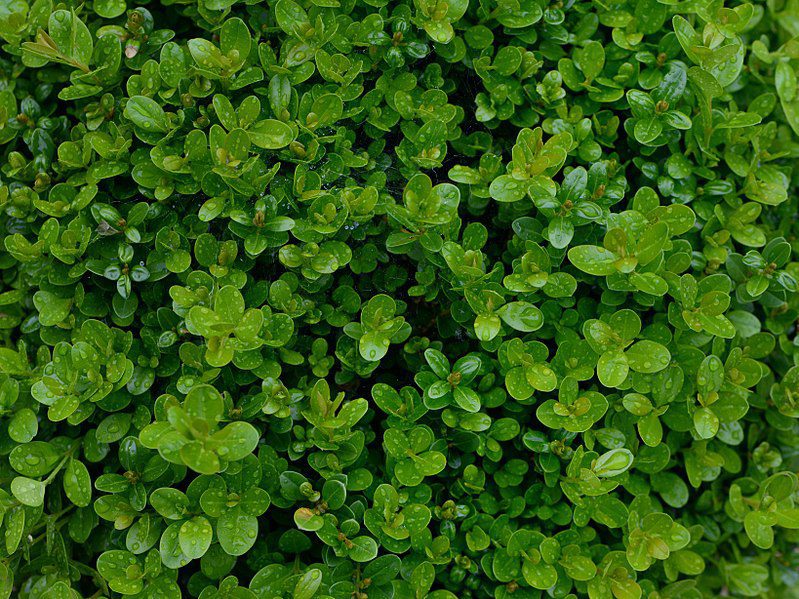
Bring Your Buxus Back to Life!
Buxus plants, also commonly known as boxwood, are popular choices for landscaping due to their attractive foliage and ease of shaping. However, they can be susceptible to a condition called Buxus decline, which can leave them looking unsightly and unhealthy.
What is Buxus Decline?
Buxus decline is a complex condition that can cause a variety of symptoms in Buxus plants, including:
- Browning or yellowing of leaves
- Leaf drop
- Stunted growth
- Twig dieback
These symptoms can be caused by a number of factors, including stress, fungal diseases, pests, and improper growing conditions.
Causes of Buxus Decline
- Stress: Buxus plants are susceptible to stress from various factors, including drought, heat, transplant shock, and chemical damage. When a Buxus plant is stressed, it is more susceptible to disease and pest infestation.
- Fungal diseases: Several fungal diseases can cause Buxus decline, including box blight and Volutella blight. These diseases can cause leaves to turn brown or yellow and drop prematurely.
- Pests: Buxus moth caterpillars and psyllids are two common pests that can damage Buxus plants. These pests feed on the plant’s leaves, which can cause them to become stunted and deformed.
- Improper growing conditions: Buxus plants prefer well-drained soil and partial shade. If they are planted in soil that is too wet or in full sun, they may be more susceptible to decline.
How to Revive a Buxus Plant
If your Buxus plant is showing signs of decline, there are a number of steps you can take to try to revive it:
- Identify the cause of the decline: The first step to reviving your Buxus plant is to identify the cause of the decline. This will help you to determine the best course of treatment.
- Address the stress: If your Buxus plant is stressed, take steps to reduce the stress. This may include watering the plant regularly, providing shade during the hottest part of the day, and avoiding the use of harsh chemicals.
- Treat fungal diseases: If your Buxus plant is infected with a fungal disease, you can treat it with a fungicide. Be sure to follow the instructions on the label carefully.
- Control pests: If your Buxus plant is infested with pests, you can treat it with an insecticide. There are also several organic methods for controlling pests, such as using insecticidal soap or neem oil.
- Improve growing conditions: If your Buxus plant is not planted in the right conditions, you may need to transplant it. Be sure to choose a location that has well-drained soil and partial shade.
How to Prevent Buxus Decline
The best way to deal with Buxus’s decline is to prevent it from happening in the first place. Here are a few tips:
- Plant Buxus in the right conditions: Choose a location that has well-drained soil and partial shade.
- Water your Buxus plants regularly: Buxus plants do not like to be too dry or too wet. Water them deeply when the soil is dry to the touch.
- Mulch around your Buxus plants: Mulch will help to retain moisture in the soil and suppress weeds.
- Fertilize your Buxus plants: Fertilize your Buxus plants in the spring with a balanced fertilizer.
- Prune your Buxus plants regularly: Pruning will help to keep your Buxus plants healthy and promote new growth.
- Inspect your Buxus plants regularly: Regularly inspect your Buxus plants for signs of disease or pest infestation. Early detection and treatment is key to preventing serious damage.
If you follow these tips, you can help to keep your Buxus plants healthy and prevent them from declining.
Additional Tips
- Consider using resistant varieties: There are a number of Buxus varieties that are more resistant to Buxus decline than others. If you are planting new Buxus plants, consider choosing a resistant variety.
- Be patient: It may take some time for your Buxus plant to recover from decline. Be patient and continue to provide it with the care it needs.
With a little care and attention, you can revive your Buxus plant and keep it looking its best for years to come.






















